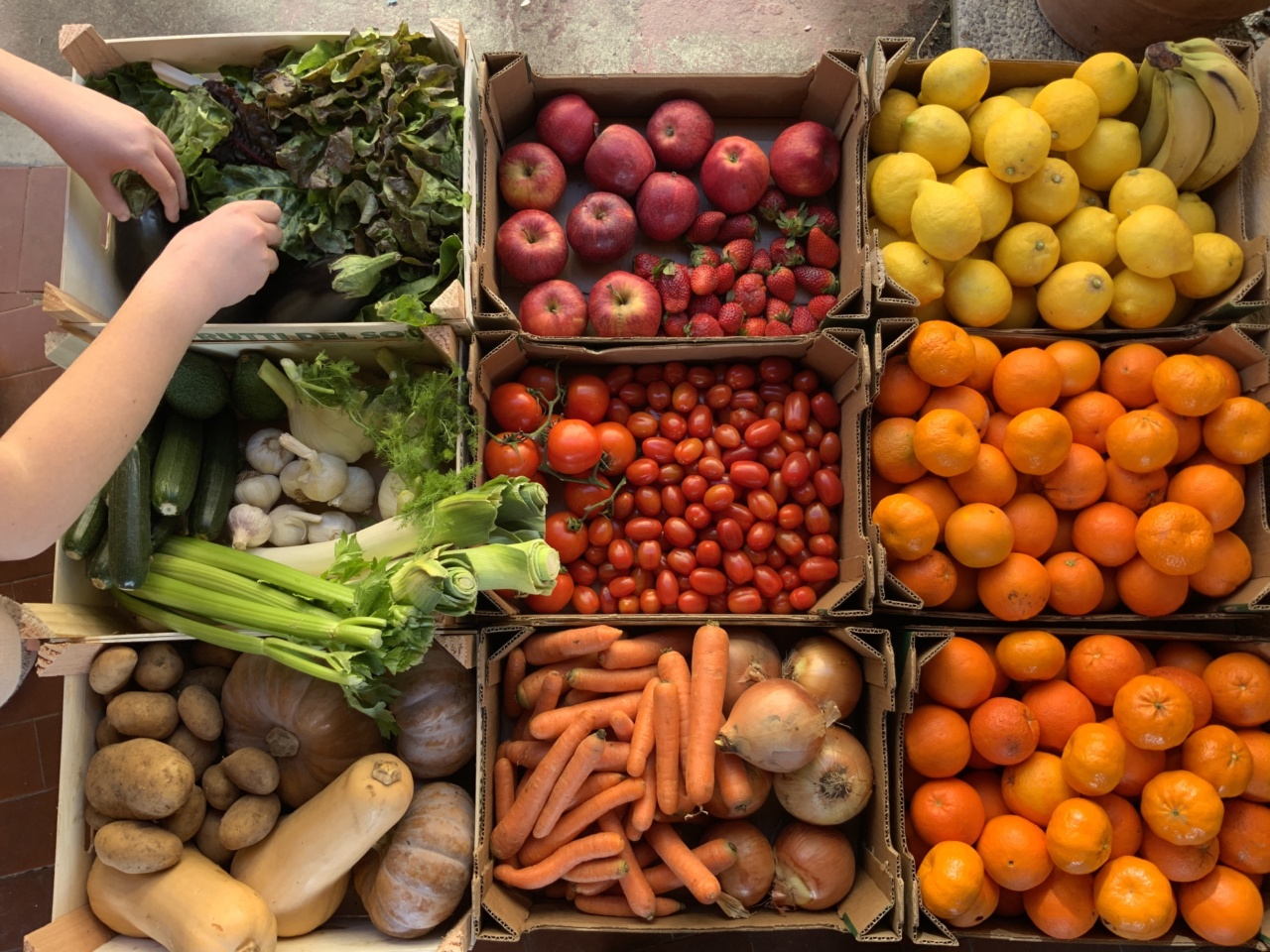The Food and Drug Administration (FDA) has recently approved genetically modified apples and potatoes for consumption, despite objections from consumer advocates and environmental groups.
The approval has sparked concerns over the safety of genetically modified foods and the regulatory process that governs their approval.
What are Genetically Modified Foods?
Genetically modified foods (GM foods) are those that have been modified in a laboratory by altering their DNA. This is done by inserting genes from one species into the DNA of another species.
The purpose of genetically modifying foods is to create crops that are more resistant to pests, diseases, and environmental stressors such as droughts.
The first genetically modified crops were developed in the early 1990s, and by 2016, they accounted for 12% of the world’s arable land.
Genetically modified crops are widely used in North and South America, with some countries such as France, banning them altogether.
The Arctic Apple
The Arctic apple is a genetically modified apple that was developed by a Canadian company, Okanagan Specialty Fruits. The company’s goal was to create an apple that wouldn’t brown after being sliced, making it more appealing to consumers.
The Arctic apple was created by silencing the genes that produce polyphenol oxidase, the enzyme responsible for causing browning in apples.
Okanagan Specialty Fruits began seeking regulatory approval for its Arctic apple in 2010. In 2015, the FDA approved the Arctic apple for commercial sale, making it the first genetically modified apple to be approved in the United States.
The Arctic apple is currently available in select stores throughout the U.S. and Canada.
The Innate Potato
The Innate potato is a genetically modified potato that was developed by J.R. Simplot Company, a food and agriculture company based in Idaho.
The company’s goal was to create a potato that was more resistant to bruising and that had lower levels of acrylamide, a chemical that forms in starchy foods when they are cooked at high temperatures.
The Innate potato was created by silencing certain genes in the potato’s DNA. The potato was approved by the FDA in 2014 and is currently being sold in select markets in the U.S. under the brand name “White Russet.”.
Concerns over Genetically Modified Foods
The approval of genetically modified apples and potatoes has sparked concerns over the safety of GM foods.
Some consumer advocates and environmental groups worry that genetically modified foods could have long-term health effects that are not yet understood.
In addition to concerns over health risks, critics of GM foods worry about the environmental impact of genetically modified crops. They worry that genetically modified crops could crossbreed with non-GM crops, creating unintended consequences.
Some worry that the widespread use of genetically modified crops will lead to the development of superweeds and superbugs that are resistant to pesticides and herbicides.
The Regulatory Process for Genetically Modified Foods
The regulatory process for genetically modified foods is complex and often controversial. In the United States, the FDA is responsible for regulating genetically modified foods.
The process for regulatory approval for GM foods involves several steps, including:.
- Submitting a petition to the FDA for the approval of a genetically modified food
- Conducting safety tests to assess the potential risks of the GM food
- Submitting the results of safety tests to the FDA for review
- If the FDA determines that the GM food is safe for human consumption, it is approved for commercial sale
Despite the rigorous process of regulatory approval, some consumer advocates and environmental groups argue that the FDA’s approval process is not sufficient to ensure the safety of GM foods.
They worry that the FDA is too closely tied to the biotech industry and that the agency does not conduct adequate safety tests before approving GM foods.
What You Can Do
If you’re concerned about the safety of genetically modified foods, there are steps you can take to protect yourself and your family. Here are some things you can do:.
- Choose organic foods whenever possible. Organic foods are grown without the use of genetically modified crops or synthetic pesticides and fertilizers.
- Look for the Non-GMO Project Verified seal. The Non-GMO Project is a non-profit organization that verifies that products are free from genetically modified organisms (GMOs).
- Shop at farmers markets and support local farmers who use sustainable farming practices.
- Write to your elected representatives and urge them to support mandatory labeling of genetically modified foods.
The Debate Continues
The approval of genetically modified apples and potatoes has sparked a new round of debate over the safety of GM foods.
While proponents of GM foods argue that they can help feed a growing global population, critics worry about the unknown long-term effects of genetically modified crops on human health and the environment.
As the debate continues, it’s important to stay informed about the issue and make informed choices about the foods we eat.






























